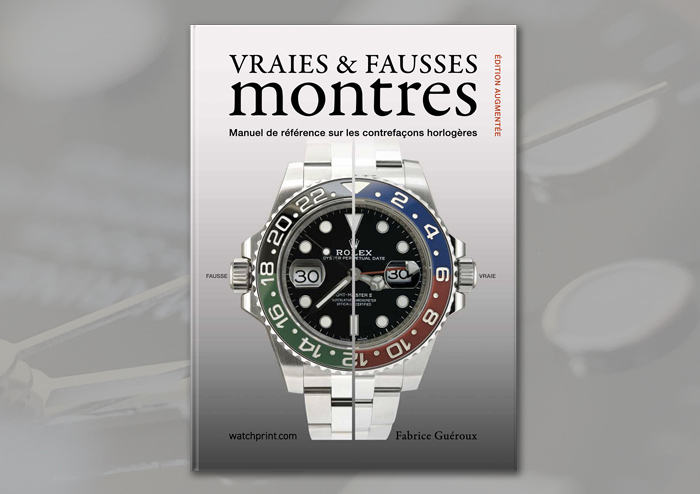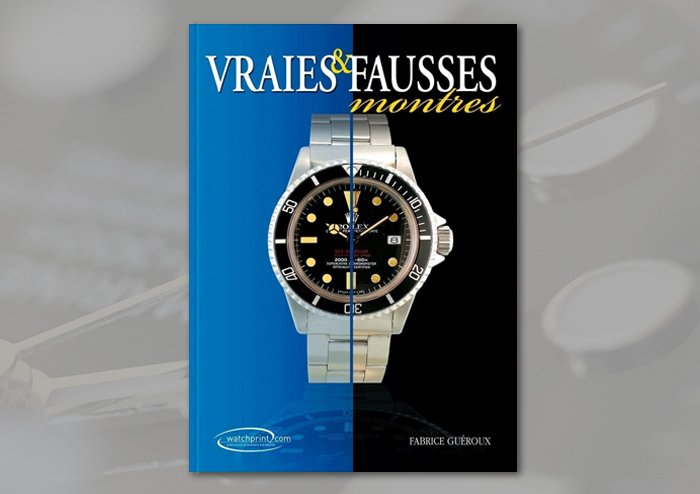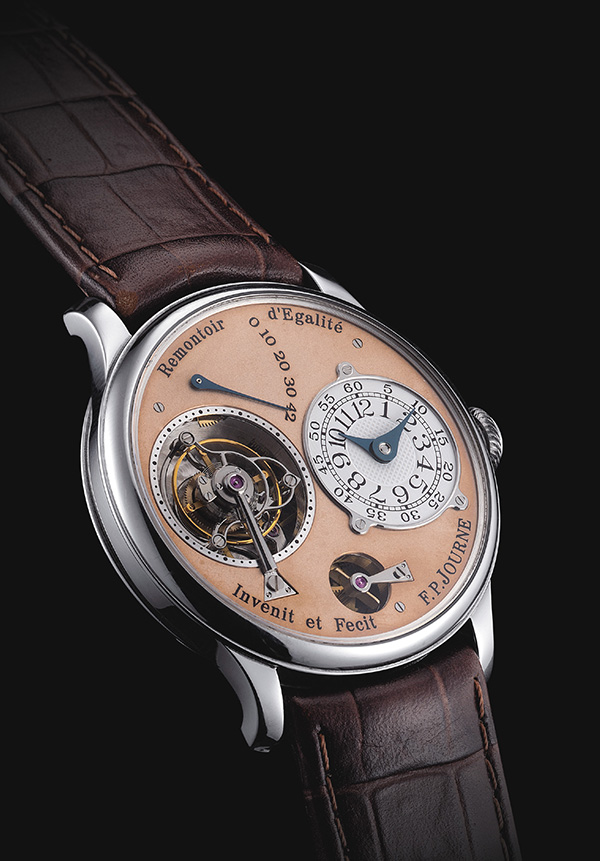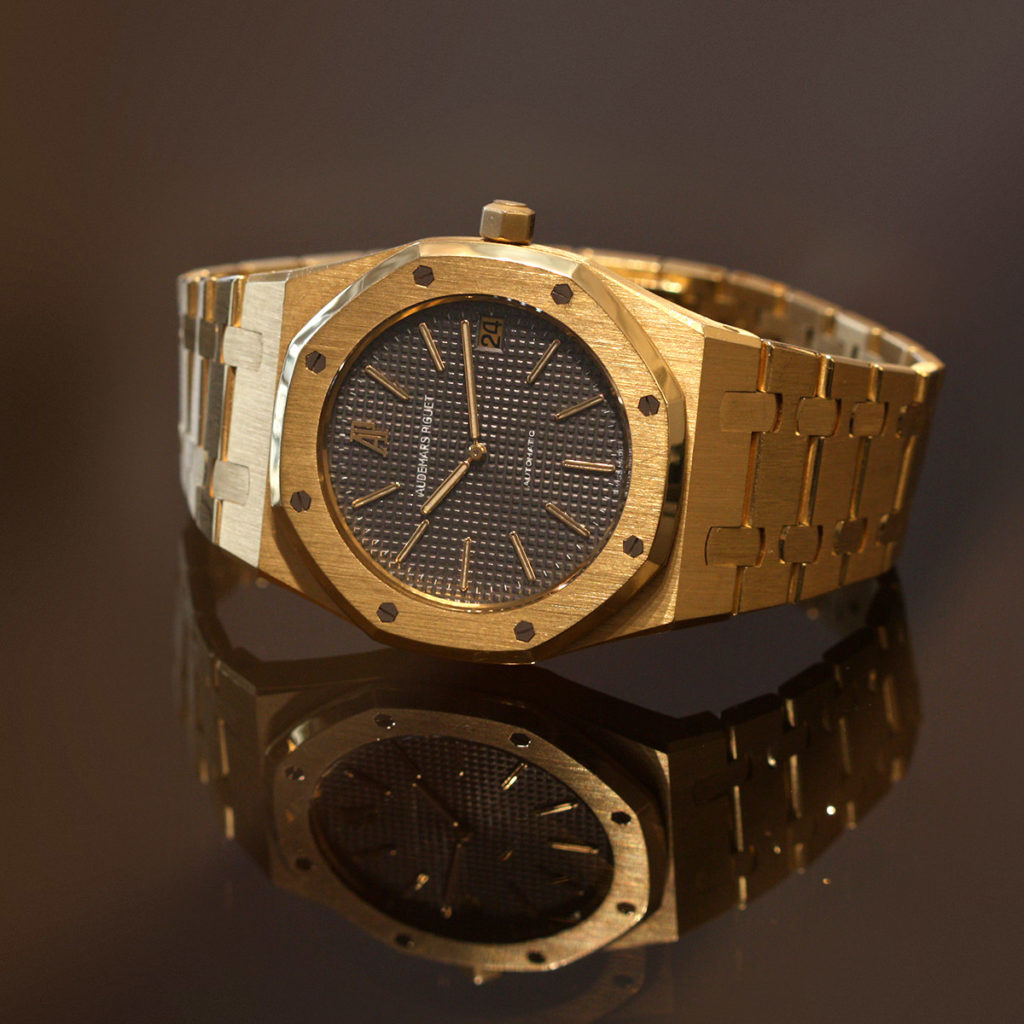Mes ouvrages sur l'authentification

Vraies et fausses montres IV
Par Fabrice Gueroux
La version augmentée 2025. Véritable guide, cette nouvelle édition affine le regard du lecteur dans l’observation des différences qu’il peut y avoir entre une contrefaçon et une montre originale. C’est au travers d’une analyse minutieuse que l’auteur met en évidence les finitions horlogères et la qualité de réalisation des montres haut de gamme. Une documentation comprenant plus de 300 photos et illustrations détaillées permettant de découvrir comment seules les finitions et la qualité de réalisation des montres manufacturées marquent la disparité entre une vraie et une fausse montre.

Vraies et fausses montres III
Anglais uniquement • Par Fabrice Gueroux
Un guide complet pour identifier les fausses montres. L’achat d’une montre d’occasion peut être risqué. Les fausses montres sont légion sur Internet et les vendeurs peu scrupuleux utilisent de plus en plus ce marché pour vendre leurs produits frauduleux. Peu de sites de montres d’occasion font appel à de véritables experts et les achats se font de plus en plus aux risques et périls de l’acheteur. Comment distinguer une vraie montre d’une fausse ? Les réponses illustrées dans ce livre. 364 pages, 400 illustrations.

Vraies et fausses montres II
Français FNAC uniquement • Par Fabrice Gueroux
Ce livre – dédié à une grande partie des marques de montres les plus prestigieuses – offre à ses lecteurs les informations vitales sur la façon d’identifier une contrefaçon, de manière à ce que l’achat tant à un particulier, à un professionnel peu scrupuleux ou sur Internet (carrefour international de la vente de fausses montres…) ne se transforme en cauchemar ! Illustrées par plus de 500 photographies, les différences entre modèles originaux et contrefaçons sont exposées en détail (mécanismes, cadrans, bracelets, etc.).
Rolex : collectionner la marque


De nombreux articles circulent sur le web, diffusant des milliers d’informations sur les différents cadrans, inserts, bracelets, etc., que l’on peut trouver sur une Rolex de collection. Malheureusement, certains de ces articles ont tendance à semer la confusion auprès d’une nouvelle génération de collectionneurs (et même parmi des collectionneurs plus « débutants » dans bien des cas).
L’histoire des montres anciennes n’a jamais été présentée ni confirmée par Rolex, et une « histoire parallèle » a été réécrite par les collectionneurs et les revendeurs. Elle est aujourd’hui plus ou moins acceptée, si l’on en juge par les réactions des collectionneurs sur les réseaux sociaux, lors de réunions d’amateurs ou dans mes discussions privées avec certains passionnés.
Je ne souhaite pas remettre en cause les informations existantes, mais clarifier le contexte de ce marché et relativiser certaines choses, notamment en soulignant un point fondamental : le passé a déjà montré que lorsque les informations diffusées par différents canaux ne proviennent pas de la source (l’usine Rolex elle-même), personne n’est à l’abri du jour où, tôt ou tard, la manufacture livrera quelques « vérités ». On pourrait alors assister à une situation où la valeur d’une pièce précieusement conservée dans un coffre-fort chuterait considérablement, au grand désarroi des amateurs et collectionneurs pourtant bien « informés ».
Depuis 1995, le nombre de collectionneurs n’a cessé de croître, passant du véritable passionné de montres Rolex vintage à la nouvelle génération d’« investisseurs » souhaitant recycler un « plan épargne logement » devenu inutile depuis longtemps. Mais l’évolution du public des passionnés de vintage, quelles qu’en soient les raisons, a entraîné un autre facteur significatif. Des montres qui n’avaient connu qu’un seul propriétaire, soigneux et conscient de leur valeur (une considération qui semble aujourd’hui avoir presque disparu), ont changé de mains trois ou quatre fois, voire plus, au cours des vingt dernières années. Le résultat se fait fortement ressentir lorsqu’on observe l’état des montres actuellement en vente sur le marché, qui, paradoxalement, ne cessent de prendre de la valeur.
L’un de mes principaux objectifs en tant qu’expert est de remettre les choses à leur juste place et d’apporter un regard objectif sur le type de produit qui mérite l’intérêt. Une question se pose : vaut-il mieux acheter une montre dite « neuve de stock » entièrement « d’origine », réassemblée des cornes à la lunette avec les bonnes pièces, ou une montre usée qui raconte une histoire ? Les problématiques sont nombreuses autour de cette question, mais celle que nous allons souligner ici est la suivante : que signifie réellement une Rolex totalement d’origine ? Est-ce une montre qui n’a pas bougé depuis son achat, ou bien une montre dont les pièces correspondent plus ou moins à sa date de production, selon les accords tacites entre experts, collectionneurs et acteurs du marché ? Cette question n’est pas anodine, car le marché propose aujourd’hui davantage de montres mises à jour que de montres restées intactes depuis leur sortie d’usine.
La majorité des informations disponibles aujourd’hui portent sur les détails des différentes pièces, et l’on oublie souvent de parler de l’essentiel : la montre et son histoire. C’est l’un des services que je propose en tant qu’expert, afin de partager une partie des connaissances accumulées au fil des années sur nos montres favorites, le plus souvent de simples histoires…
Vous pouvez me contacter si vous avez besoin d’informations ou si vous souhaitez simplement échanger avec moi au sujet de Rolex, Audemars Piguet, Patek Philippe ou toute autre montre de collection.
Fabrice Gueroux
A Short Story Of The two
Most Wanted Brands
Rolex

In 1905, Hans Wilsdorf, a German watchmaker, born in Kulmach, Bavaria, on March 22, 1881, and his brother-in-law, Alfred Davis, founded the Wilsdorf & Davis company in London, in the jewelry and watchmaking district. In 1908 Wilsdorf registered the brand Rolex and in 1919 decided to locate the company in Geneva where it took the name of Rolex S.A. Wilsdorf & Davis was the original name of what would later become The Rolex Watch Company.
Originally they imported movements and dials from Switzerland ordered from Hermann Aegler in England and installed them in quality cases built by Dennison and others. These first wristwatches were then sold to watchmakers who put their own names on the crown. The very first watches from Wilsdorf and Davis were usually stamped W&D on the inside of the case back.
Audemars Piguet

Audemars Piguet is now the iconic Royal Oak? However, an entire article should (and will) be dedicated in a future section to let you discover the watchmaking marvels of the Manufacture before the history of the Royal Oak. It was in 1972 that Audemars Piguet launched its legendary watch at the Swiss Watchmaking Show in Basel. The gamble was almost insane. And that year, reactions were very mixed.
In the 1960s, the arrival of quartz watches heralded unprecedented Japanese domination. Since the main goal of watchmaking was precision, it is notorious that these watches were considered to be of superior quality at the time. The more precise a Swiss watch was, with many functions, the more expensive it was. Unfortunately, quartz was “flawless” and gave a perfectly accurate time…



